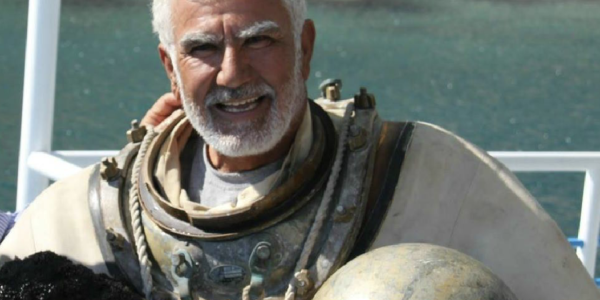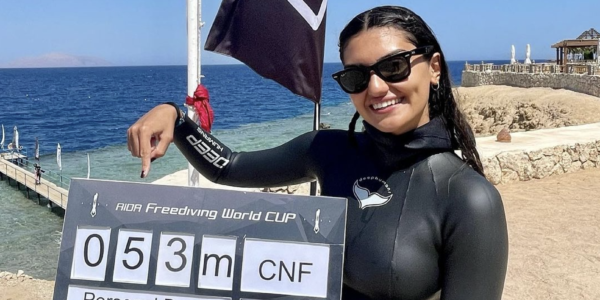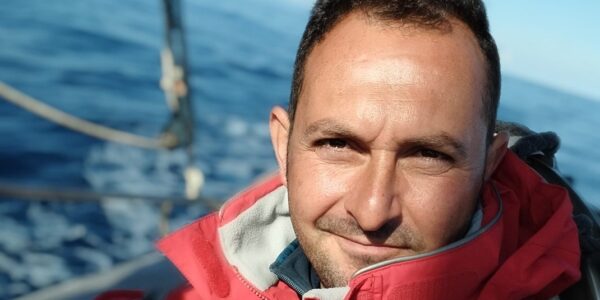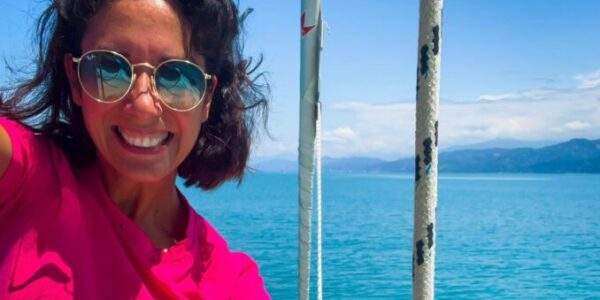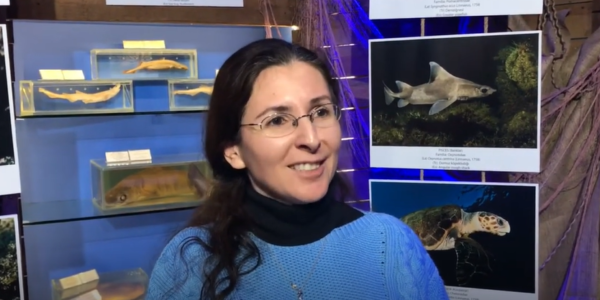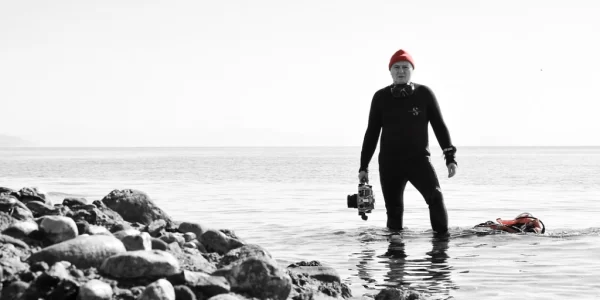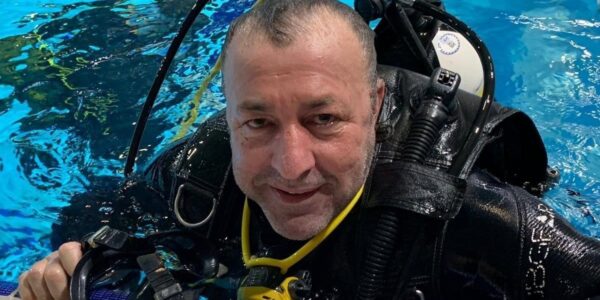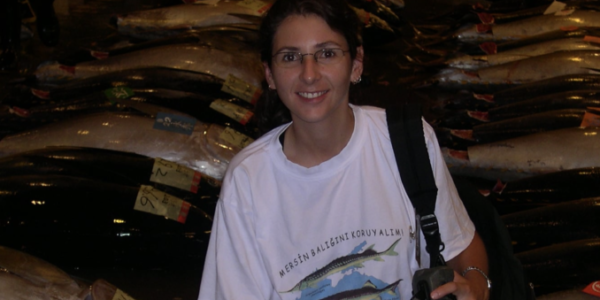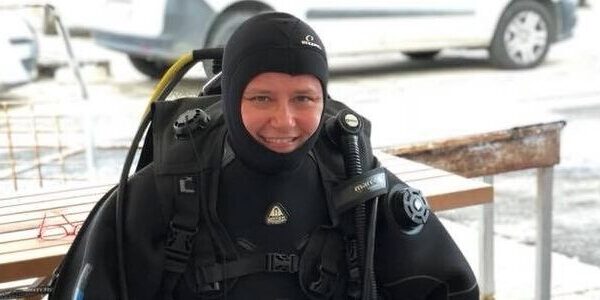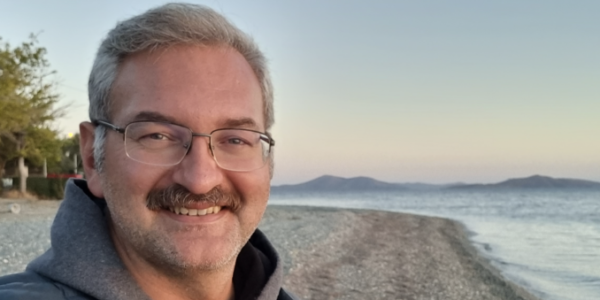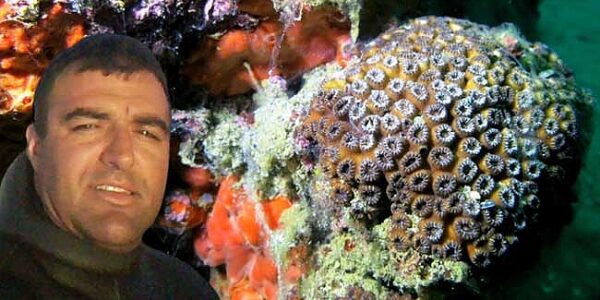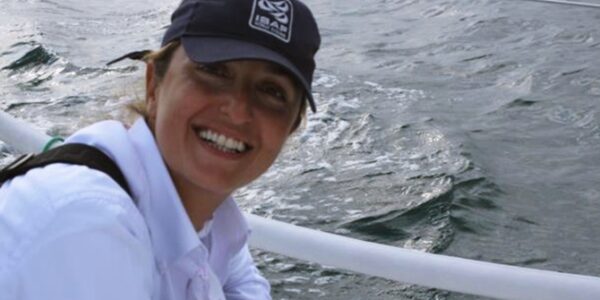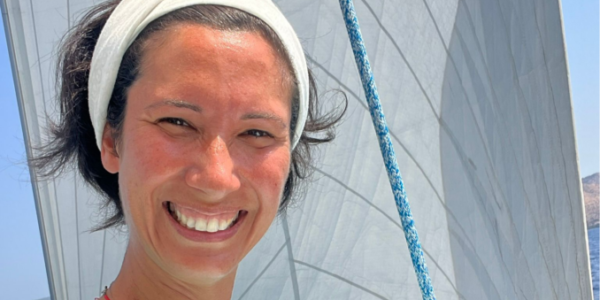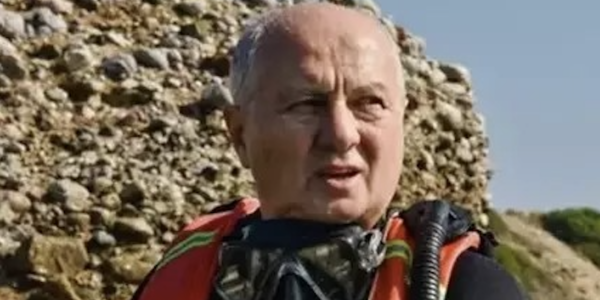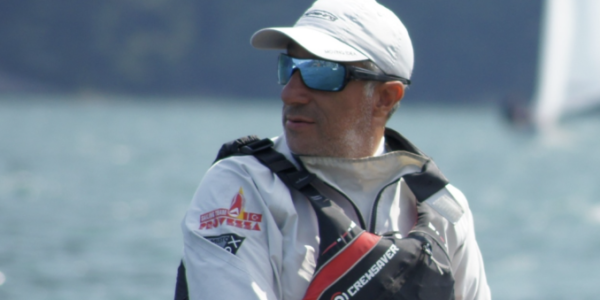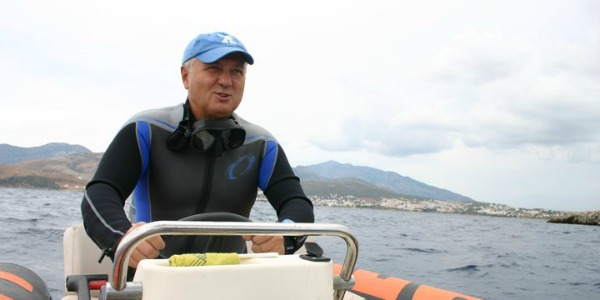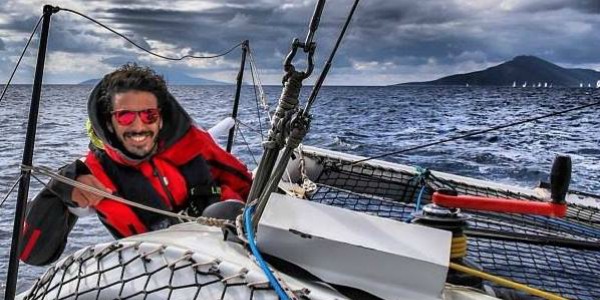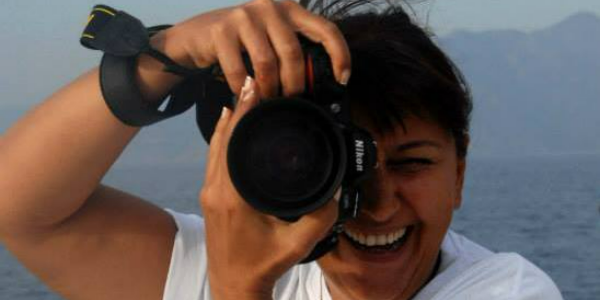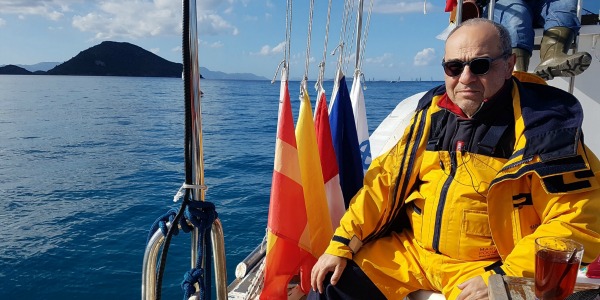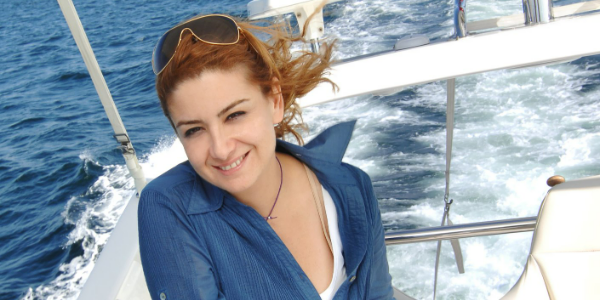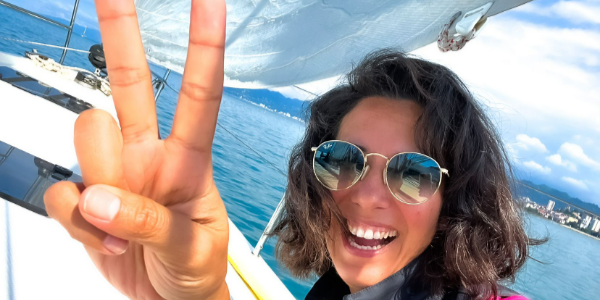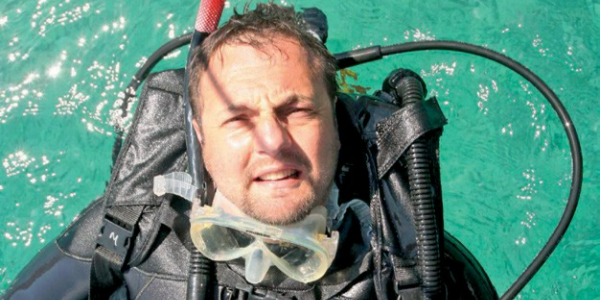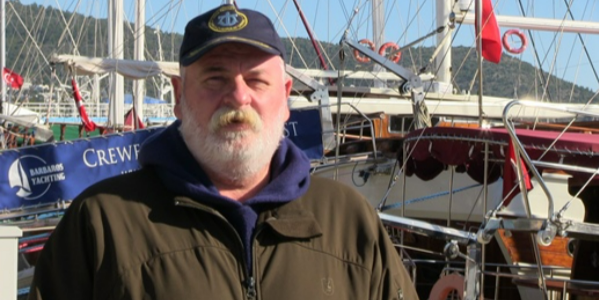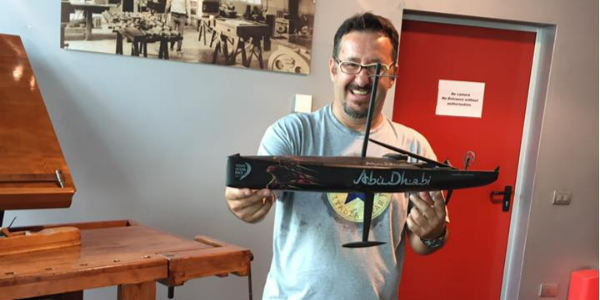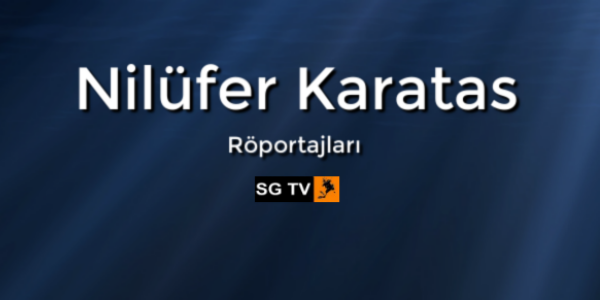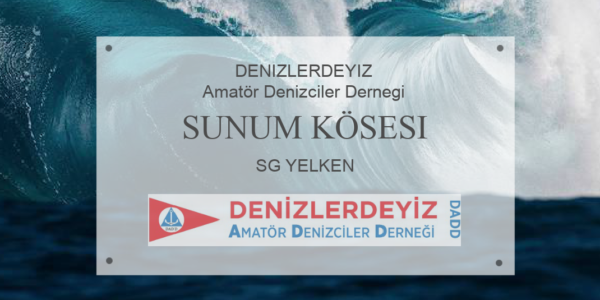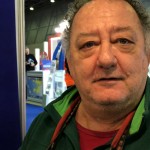
National Geographic Pristine Seas has launched an expedition to study and film the vibrant waters of Fiji and Rotuma in support of ocean protection efforts
An expedition led by a team of scientists and filmmakers from National Geographic Pristine Seas is heading to Fiji and Rotuma to study and document the pristine waters of the South Pacific islands.
The expedition takes place between April and September at the invitation of Fiji’s government – and includes a team comprised of both international and local experts.
Together, they will produce two documentary films about Fijian communities’ special relationship with the oceans, and data acquired during the studies will provide insights into the health of the regional waters.
‘Our researchers survey all sorts of marine environments, from shallow coral reefs to the deep sea,’ said Kat Millage, lead scientist for Pristine Seas’ expedition in Fiji and Rotuma.
‘The most important part of our research is collaborating with local scientists. When we take our cues from traditional knowledge – which demonstrates that protection and production can co-exist – we all win.’

As those who have dived in the South Pacific will know, as part of the Coral Triangle, the waters surrounding Fiji and Rotuma are located in the most biodiverse part of the world’s ocean.
Diver favourites such as turtles, humpback whales, manta rays – and the world-famous bull sharks – are present in numbers, and the extensive coral reefs are home to a plethora of marine life, including endemic species such as dwarf and pygmy gobies.
The expedition will be conducted from the research vessel Argo, from which the team will conduct surveys using deep sea cameras, scuba diving and other visual methods, while utilising environmental DNA (eDNA) sampling and micropaleo sampling (collecting microscopic fossilised materials) to identify species present in the area.
Argo has also recently been kitted out with a new deep-sea submersible Argonauta, an ‘underwater science lab’ capable of taking three people down to 1,300 meters – almost triple the depth of its much-loved (and now retired) predecessor, DeepSee.
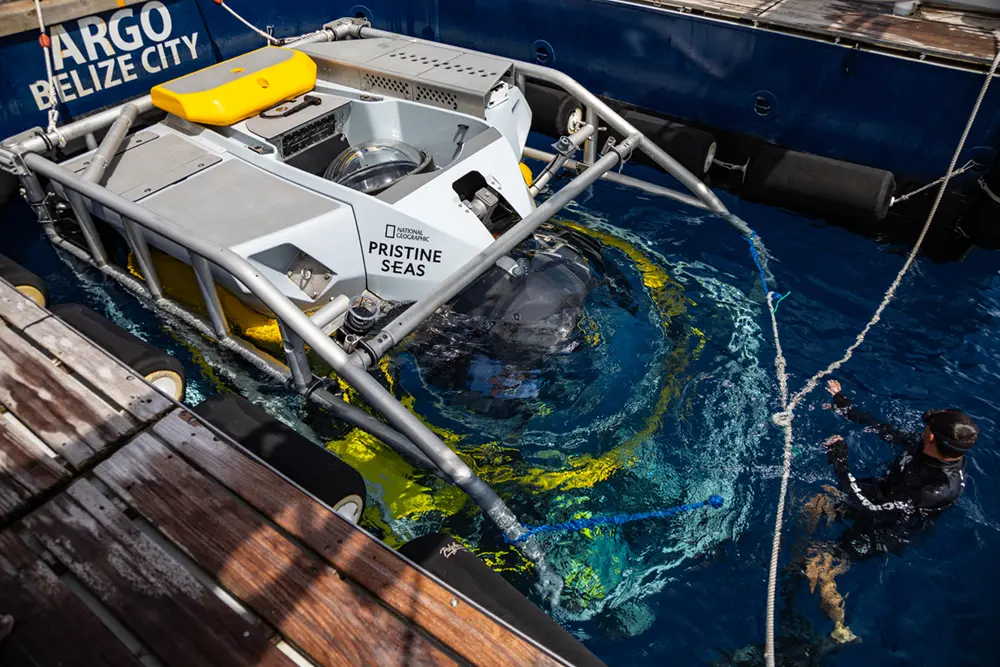
The expedition’s first stop is Rotuma, a self-governing dependency of Fiji located approximately 465km (290 miles) northwest of Fiji’s main island of Viti Levu.
A tiny volcanic island measuring just 43 square kilometers (17 sq mi) in area surrounded by uninhabited islets, there is very little tourism to Rotuma, and very little scientific research has ever been conducted in the island’s waters.
To date, there have been no studies at all of Rotuma’s deep-sea ecosystems – meaning Argonauta and its passengers have a good chance of discovering a variety of previously undescribed species.
‘Exploring our ocean under the stewardship of Rotuma and her people is a milestone achievement,’ said Chairman of the Council of Rotuma, Gagaj Manav. ‘The Council of Rotuma welcomes National Geographic Pristine Seas to Rotuma to help us better understand the richness of our ocean.
‘Rotuma is committed to protecting our cultural heritage anchored in the ocean that surrounds us and to safeguarding our people’s wellbeing through science, education, awareness, cooperation-assistance, and well-meaning dialogue.’
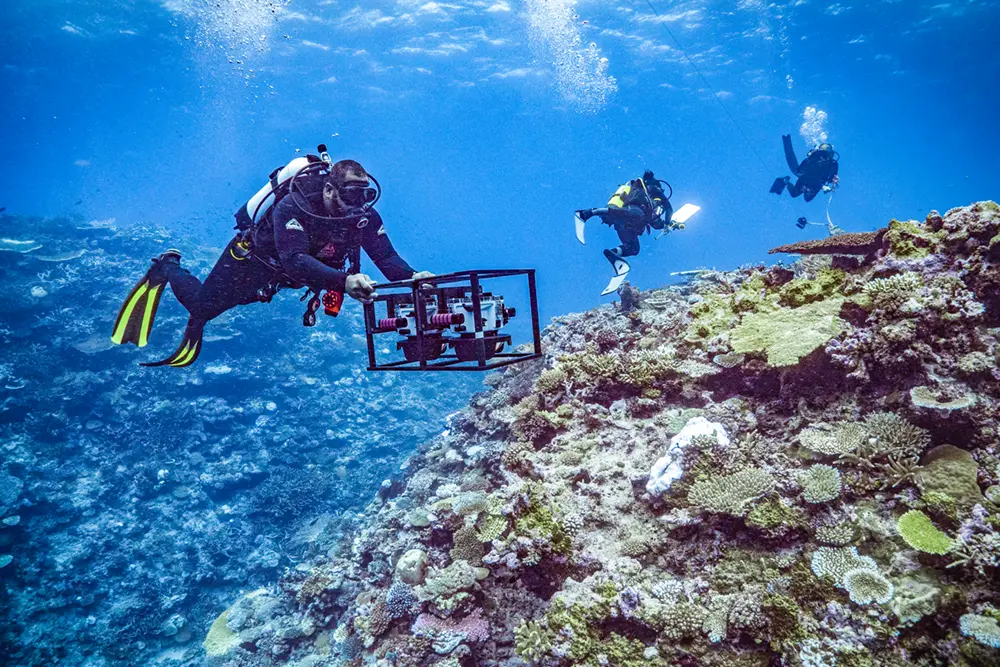
After Rotuma, the team will head to Fiji, where they will study dozens of the locally managed marine areas (LMMAs or Tabu areas) and visit two of the longest barrier reefs in the world, the Great Astrolabe Reef which surrounds the island of Kadavu, and the Great Sea Reef around Vanua Levu
Argonauta will get another chance to dive deep as the expedition heads to the Melanesian Border Plateau, a system of undersea ridges, seamounts, and banks of volcanic origin that extends across the Solomon Islands, Fiji, Tuvalu, and Tonga.
The Pristine Seas expedition will build upon knowledge gathered during a nationwide assessment of coral reefs carried out in 2023 by Blue Prosperity Fiji, a government-led programme designed to incorporate scientific research with traditional knowledge to sustainably manage Fiji’s waters and fisheries, with the view to designating 30 per cent of its area as fully protected.
The new research will fill gaps in the data for areas that have been identified as conservation targets. Following the expedition’s conclusion, Pristine Seas will share its research with the Fijian government to inform local ocean management and protection efforts.

Students and teachers will also be given an opportunity to spend time on board Argo to meet the scientists, filmmakers and crew where they can learn about marine science and explore the career paths it can provide.
‘As an island nation dependent on the ocean for its sustenance and livelihoods, Fiji has committed to protect our ocean ecosystems to support ocean health, productivity and resilience,’ said Sivendra Michael, Permanent Secretary of Fiji’s Ministry of Environment and Climate Change.
‘We have invited National Geographic Pristine Seas to support our commitment to protect 30 per cent of our ocean by 2030.
‘The Pristine Seas team of local and international researchers will provide the science and data key to identifying our marine biodiversity hotspots we need to protect.’
Pristine Seas began its Global Expedition in 2023 with a mission to spend five years exploring the tropical Pacific and supporting communities and governments in their efforts to protect the ocean.
The Fiji expedition will be the ninth stop on the Global Expedition to date; the team having already explored and studied the Southern Line Islands, Tongareva, Niue, The Republic of the Marshall Islands, the Federated States of Micronesia, Palau, Papua New Guinea and the Solomon Islands
For updates from the expedition, follow @natgeopristineseas on Facebook and Instagram or read the Field Notes web pages.
The post National Geographic Pristine Seas heads to Fiji and Rotuma appeared first on DIVE Magazine.
